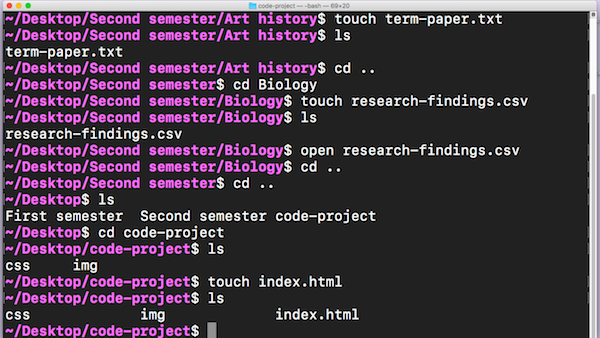


Standard executables have a loading address coded into their headers, which dictate where they’re loaded into memory.ĪSMR is a security technique. This allows the Address Space Layout Randomization (ASMR) system to load the executables into memory at addresses of its choosing. Object files are relocatable, meaning the code inside them can be loaded into memory at any location. The executables are listed as shared objects because they’ve been created by the linker from the object files in such a way that they inherit this capability. The word executable is obvious in its absence. What might catch your eye is that the two executables (“wd” and “hello”) are identified as Linux Standard Base (LSB) shared objects, and the object file “wd.o” is identified as an LSB relocatable. We’ll take a look at the ELF header format shortly. This is a standard for executable files and shared object files, such as libraries. The other three files are all identified as Executable and Linkable Format (ELF) files. The PE32 is the 32-bit version, and the PE32+ is the 64-bit version.
#Command line file peek portable#
PE stands for portable executable format, which has 32- and 64-bit versions. Taking the last one first, file tells us the “watch.exe” file is a PE32+ executable, console program, for the x86 family of processors on Microsoft Windows. The file “watch.exe” is a binary executable that has been cross-compiled to run on Windows: file wd file wd.o file hello file watch.exe The result of this process is an executable file. It links them to any libraries the program uses. The linker checks each object file for function calls to libraries.

These contain the machine code the computer will eventually execute when the finished program runs, together with information for the linker. When source code is compiled by a compiler, one or more object files are created. The file called “wd.o” is an object file. For example, the files “hello” and “wd” are binary executables.


 0 kommentar(er)
0 kommentar(er)
